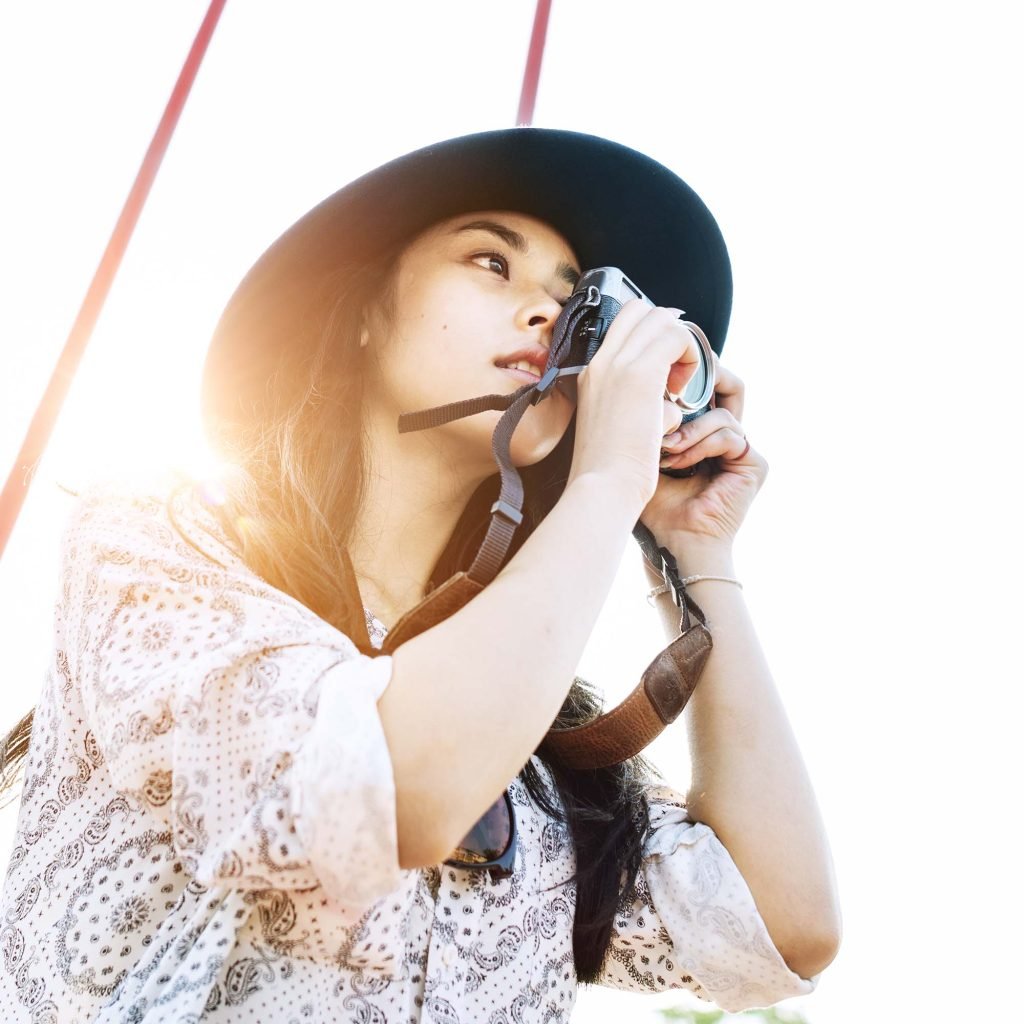We, humans, are blessed to share our planet with a multitude of exquisite and noble animals. Many trips are planned to allow travelers to witness these amazing creatures first-hand, from incredible safaris in Africa to jungle excursions in India. But when it comes to animal attractions, there is a line that can be easily crossed and SHOULD NOT be crossed by any means.
There is a sad reality behind many popular animal tourist attractions: The animals involved are being abused and exploited.
At Globe Guides, we strive to do as much as we can to make our clients happy, but we will not fund attractions that are unethical toward animals.
So where does the line get crossed? To put it simply, wild animals belong in the wild, and performing animals have likely been broken into submission for your entertainment. Some businesses will even use words like “sanctuary” and “rescue” to trick tourists into thinking they are benefiting the animals when in reality they are doing just the opposite.
Here are a few cruel animal attractions to avoid while traveling, and why:
1. Elephant Rides
At a very early age, elephant calves are forcefully removed from their mothers, and physical and psychological pain is typically used to ‘break their spirit’. They often develop post-traumatic stress disorders as a result and are forced into a life of slavery for the entertainment of ignorant tourists. They sustain constant physical injuries from the tight ropes, control hooks, and the heavyweights they are forced to carry.
2. “Tame” Lion Interactions
To stay operational, attractions that give the chance to walk with lions need a supply of new cubs on a regular basis. These cubs are removed from their mother very early and raised in captivity. As soon as they are too big to safely interact with tourists, they are no longer needed or wanted, but they are too tame to survive in the wild. Their lives are essentially at risk from the moment they start their short career as a tourist attraction.
3. Selfies With a Tiger
The tiger industry is cruel and corrupt, and as a result, thousands of these beautiful creatures are habitually tortured and killed in the name of tourism. The captive tigers that are used for tourist photos live their lives on leashes, in cages, and punished in order to train and control them. Many are drugged, beaten, and endure inhumane procedures like claw and canine removal to prevent them from defending themselves or injuring (or killing) a tourist.
4. Performing Dolphins
Wild dolphins are violently captured from their home in the ocean and forced into a life in a swimming pool, and trained for performances through questionable methods. Many die before they reach their destination because of the stress of the capture. Fortunately, the practice of taking wild dolphins has been banned in the U.S., but whether they were captured in the wild or bred in captivity they will live their life in a swimming pool when they should be in the ocean.
5. Dancing Monkeys
Performing macaques live most of their life in a small cage or on a short chain. As they grow the size of the chain is often not increased, and it gets embedded into their skin, causing pain and infections.
6. Snake Charming
Snake charmers aren´t charming at all. In order to keep from being killed by the snake they exhibit, and to keep their spectators from receiving a deadly bite, they remove the snake’s venomous fangs with pliers, and then take out their venom ducts with unsanitized tools, resulting in great pain and chronic infections.
7. Holding Sea Turtles
These endangered sea beauties can have weakened immune systems because of the stress of being held by humans, which makes them more susceptible to disease. When they are stressed, they struggle, flapping their flippers wildly, which can cause fractures, and also increase the risk of getting dropped and significantly injured.
8. Caged Civet Coffee
The most expensive coffee in the world, Civet coffee, has become a sensation for tourists in Indonesia, and for coffee connoisseurs who don’t mind dropping $30 for one cup of coffee. It is produced by overfeeding coffee beans to caged civet cats. The bad conditions and sparse nutrition result in disease and injuries.
9. Interfering with Wildlife (a.k.a. Not Using Common Sense)
There have recently been a few headlines in the news showcasing severely irresponsible tourists and their interactions with wildlife, all in the name of a selfie. A baby dolphin died after a group of beachgoers in Argentina passed it around to take pictures. A week later a man at a Florida beach dragged a small shark out of the water and posed with it as well. Fortunately, the shark was returned to the ocean fast enough, but not before it had been exposed to suffocation and risk of death.
Use common sense, take pictures without touching the animal, and don’t ever put an animal in a dangerous or life-threatening situation.
If you want to experience native animals during an upcoming trip, or even at home, research the attraction first. Visit worldanimalprotection.org to learn how to research before you go, and reference their guide for Animal Friendly Tour Operators to help you make a sound decision.
If you book through us you can be sure we will thoroughly research your sightseeing activities to ensure that you are not unknowingly supporting one of these awful ventures. Let’s all continue to promote ethical tourism and be responsible towards our planet and all of its creatures!






